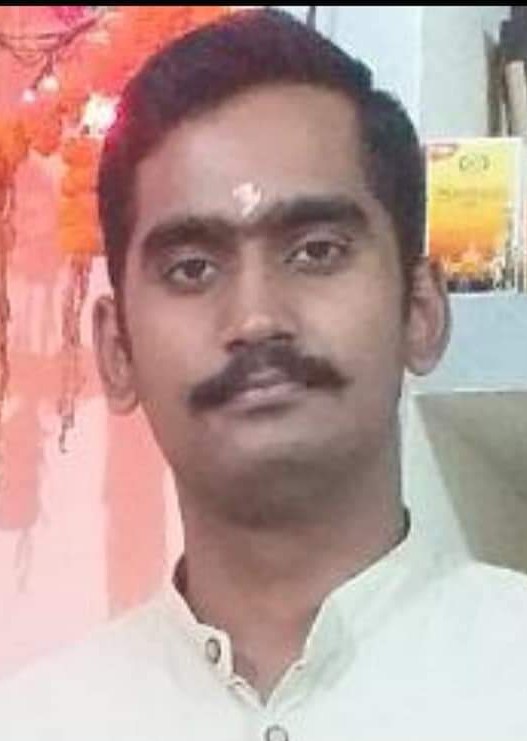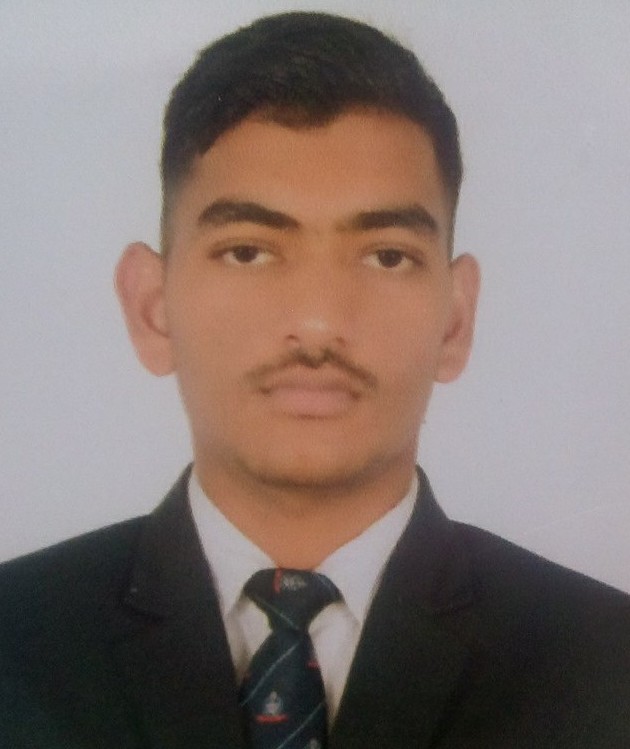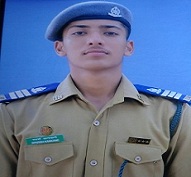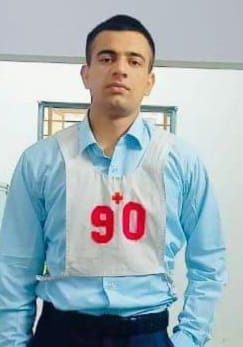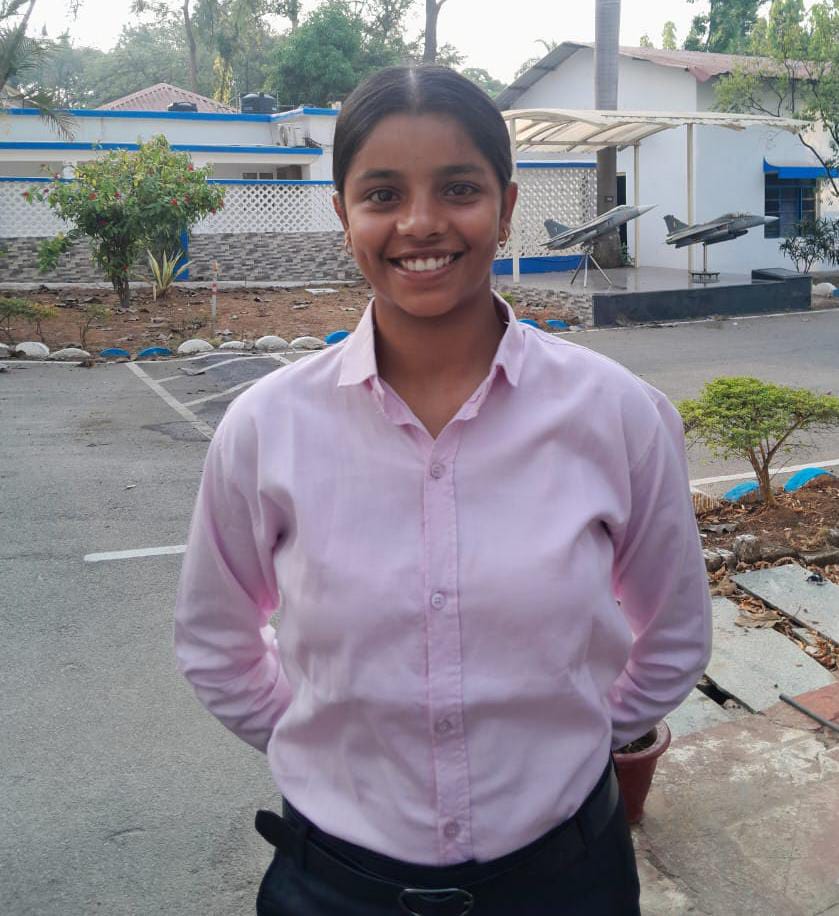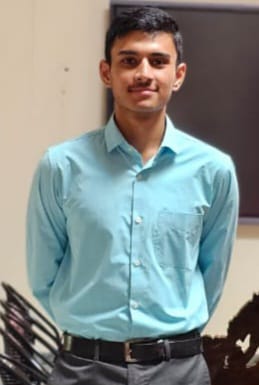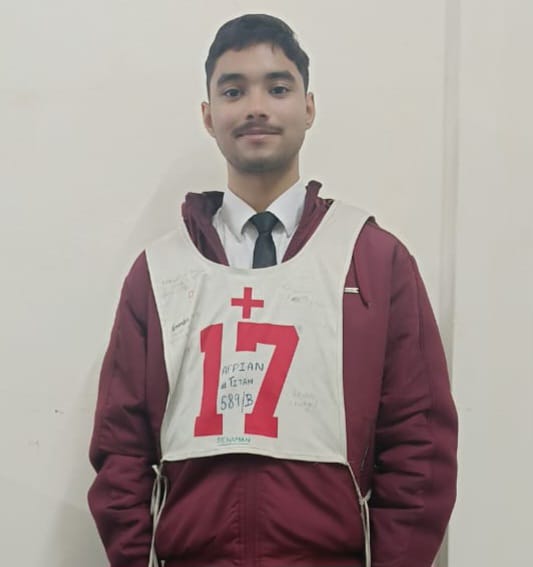The Indian Space Research Organisation (ISRO) is gearing up for its 101st mission, the launch of the EOS-09 earth observation satellite. Scheduled for 5:59 a.m. on Sunday, 18th May, the launch will take place from the Satish Dhawan Space Centre in Sriharikota using the reliable PSLV-C61 rocket.
About EOS-09: Advanced Earth Observation Satellite
EOS-09 is designed to enhance India’s surveillance and monitoring capabilities. Equipped with a cutting-edge C-band synthetic aperture radar (SAR), the satellite will capture high-resolution images of the Earth’s surface day and night, under all weather conditions. This technology is crucial for continuous monitoring of agriculture, forestry, disaster management, and environmental changes without being hampered by cloud cover or darkness.
ISRO & JAXA Collaborate on Chandrayaan-5 Lunar Mission
In parallel to this launch, ISRO and the Japan Aerospace Exploration Agency (JAXA) recently held the third face-to-face Technical Interface Meeting (TIM-3) for the Chandrayaan-5 / LUPEX mission in Bengaluru. This mission will be the fifth in India’s Chandrayaan lunar exploration series.
Following the footsteps of Chandrayaan-1, 2, 3, and the upcoming Chandrayaan-4 (India’s first lunar sample return mission), Chandrayaan-5 aims to study lunar volatile materials, including lunar water, near the permanently shadowed regions of the lunar south pole. This joint mission with JAXA highlights international cooperation in space research and exploration.
